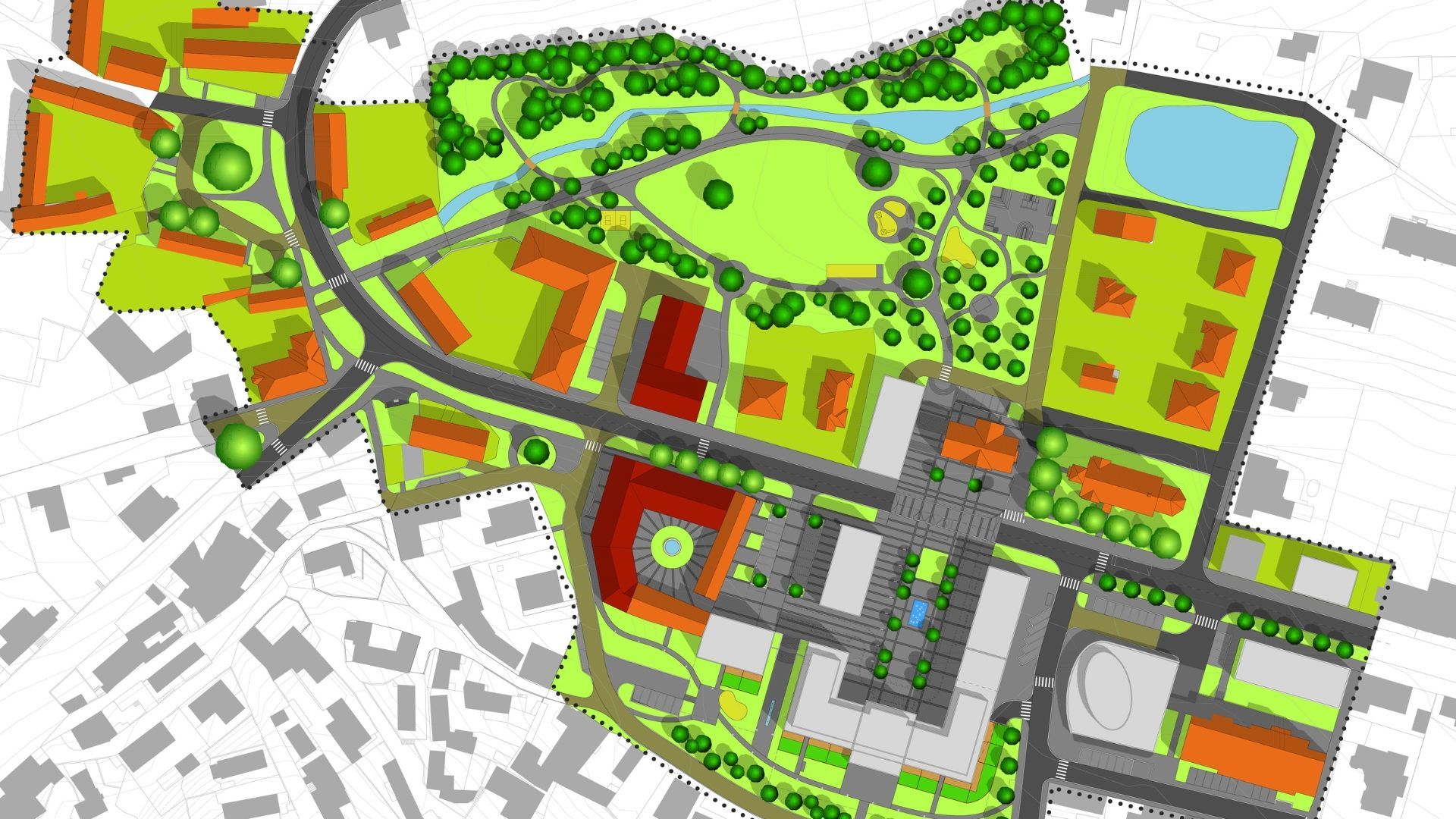Steps of a Site Survey
Conducting a site survey identifies potential issues that may affect the design and building stages of any construction project. These assessments help architects, builders, and engineers accurately plan, design, and construct a project to the best of their abilities. Let's discuss the steps involved in conducting a site survey and how they're key for a smooth project.
Conducting a Site Survey
A site survey identifies any design, construction, or environmental limitations at a potential construction site. It involves a comprehensive examination of the site’s topography, soil type, vegetation, climate, existing structures and utilities, and surrounding land use. Many steps come together in every site survey to gather the location's data and craft a streamlined report and design.
1. Plan the Site Survey
Before starting your site survey, a surveying engineer must establish the observation's primary purpose. For instance, you may want to identify any potential hazards, evaluate environmental and regulatory requirements, or assess the feasibility of a project. Understanding the survey's purpose will help the teams focus on the critical factors that may affect your project.
Next, gather documents related to the site such as land surveys, zoning maps, geological surveys, and any existing utility maps. This information will provide insight into the topography, natural hazards, and pre-existing underground infrastructure.
2. Perform a Site Analysis
Conducting a site analysis identifies any artificial or natural obstacles that may impact the project. This process includes collecting data on the site's topography, soil composition, drainage patterns, and vegetation. The analysis also considers the surrounding environment and the potential impact the construction could have on the community.
Distinct types of field data are collected in every survey through different measurements and tests. For instance, survey equipment like a digital elevation model (DEM) helps surveyors calculate the topography. Soil tests also determine the ground's consistency, which informs the foundation's design.
3. Label Boundaries and Control Points
Once the site analysis is complete, the surveying engineer will identify the property's boundaries. This involves measuring the property lines and locating any encroachments or easements on the site. Identifying all boundaries will provide a clear understanding of the site's limitations and ensure that the project adheres to all regulatory requirements.
Additionally, surveyors establish horizontal and vertical control points on the site. These points help anybody involved in the project refer to the site’s elevations and coordinates. This provides a basis for accurate maps, designs, and construction moving forward. These points also help engineers incorporate erosion control solutions into their designs, providing a smooth flow of water post-completion.
4. Identify Existing Infrastructure
Next, the surveyor will need to locate any existing infrastructure like gas lines, data cables, drainage systems, and electrical wires. Locating these utilities will allow for a smooth integration of them into the project. The surveyor also identifies any existing buildings or structures that may affect any stage of the project.
5. Write a Survey Report
Finally, the surveyor will create a detailed report of the site conditions and data. This document includes a detailed map of the site's boundaries, control points, and existing infrastructure. It also presents the site's topography, soil composition, and environmental conditions that impact the project. Once finished, this report is submitted to the architects, engineers, and contractors for usage during the remainder of the project.
Site Surveys Are Essential
Conducting a site survey is a critical step in any construction project. This ensures the construction project follows regulations and has a stable and safe foundation. By following the steps outlined above, a surveyor can gather all necessary information and assess any potential risks or limitations.
With our experience in surveying, we’d be glad to answer any of your questions or concerns. We encourage you to call, email, or contact us online today to connect with one of our engineers. We’ve enjoyed making a difference in our community over the past 20 years, and we prioritize our reliability, responsiveness, and attention to detail in all projects that we complete.
Let's get to work.



All Rights Reserved. REGA Engineering Group, Inc.

